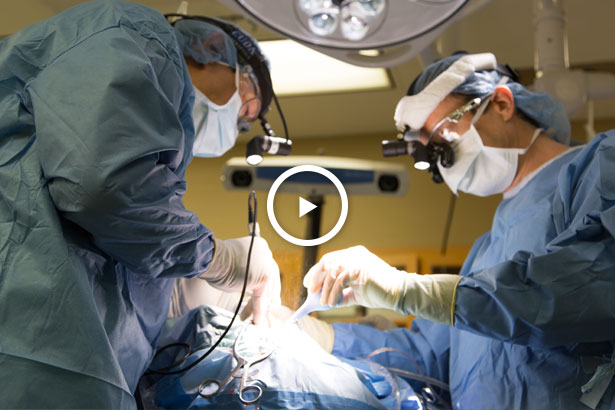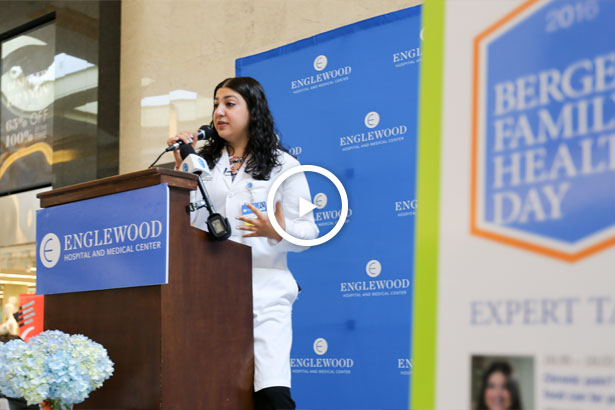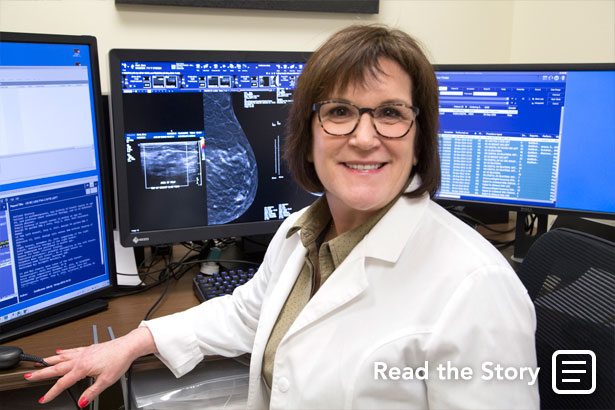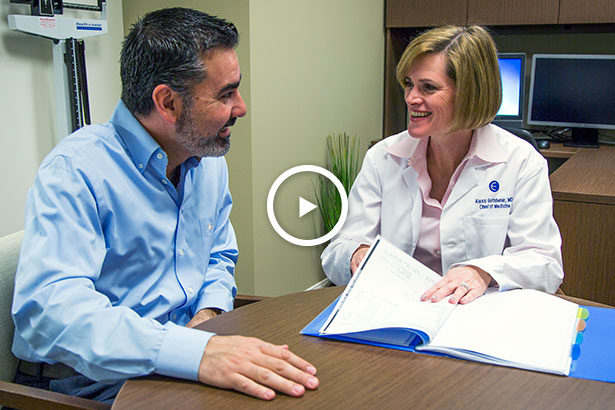The debate continues on when to start getting mammograms and how often. Last year, the American Cancer Society (ACS) issued new screening guidelines and prior to the ACS’s announcement, the U.S. Preventive Services Task Force (USPSTF)—a panel of independent, government-appointed physicians—drew up its own guidelines. The American College of Obstetricians and Gynecologists has recommendations, as well.
According to the new guidelines by the ACS, women with an average risk of breast cancer should start getting mammograms at age 45 and continue once a year until age 54. Previously, the ACS recommended women of that same risk group get yearly mammograms starting at age 40.
USPSTF recommends that women ages 50-74 who have an average risk of breast cancer receive mammograms every other year (biennially).
Meanwhile, the American College of Obstetricians and Gynecologists maintained its recommendations that women with an average risk of breast cancer start getting mammograms at age 40.
With so much conflicting information out there causing confusion, Mindy Goldfischer, MD, chief of breast imaging at Englewood Hospital and Medical Center, weighs in on what these guidelines means.
How do you explain these different recommendations from various groups?
The guidelines differ because the organizations evaluated the data differently. There are two big differences. The USPSTF made its recommendations based on benefits to the population and on modeling studies, whereas the ACS made its recommendations based on benefits to individuals and on actual data.
USPSTF put a great emphasis on the “harms” of screening like false positives, biopsies, anxiety, and overdiagnosis, while the ACS did not stress those factors. Instead, the ACS stressed that the real issue of risk is related to a woman’s menopausal status, not her age.
What do you recommend for a woman with average risk of breast cancer?
Women with an average risk should begin having mammograms at age 40 and continue to have one every year. While the incidence of breast cancer in premenopausal women is low, such cancers are known to be more aggressive, so it is even more important to scan these women every year. The Breast Cancer Surveillance Consortium, funded by the National Cancer Institute, found that among premenopausal women, biennial screenings had a higher proportion of tumors with advanced stage.
Some studies suggest mammography in younger women is not as helpful because it leads to false positives and heightened anxiety. What is your response to that?
Mammography is not as helpful in women who have dense breasts at any age. Those most likely to have dense breast tissue are premenopausal women, typically up to age 55.
False positives refer to calling a woman back for an additional mammogram view or sonogram, not necessarily a biopsy that turns out to be benign. At Englewood Hospital and Medical Center, we have found that patients are grateful for the careful scrutiny of their results and are relieved when the results are benign.
There is the rare individual who is anxious about having a mammogram, regardless of whether there’s been a previous “false positive” result. In these cases, the screening can be scheduled so that the mammogram is reviewed while the patient waits.
Even in dense breast tissue, many cancers can be identified. A 3D mammography/digital breast tomosynthesis, for example, has improved the detection of masses in dense breast tissue. Breast ultrasound is also an excellent method for evaluating dense breast tissue and is commonly recommended for women of average risk as a supplement to annual mammography.
Posted on June 6, 2016






 Tests showed that Steve had a herniated cervical disc that was pressing on his spinal cord and compressing a nerve that affected the arm, resulting in weakness. Herniated cervical discs are most often caused by a traumatic event like an accident or a fall, but sometimes it’s simply the result of wear or tear or even genetics. Whatever the cause, Steve’s life as he knew it was at a painful standstill. Like most, he wanted to avoid surgery. Dr. Arginteanu, heeding Steve’s wishes, administered steroid medications but they did little to improve Steve’s quality of life.
Tests showed that Steve had a herniated cervical disc that was pressing on his spinal cord and compressing a nerve that affected the arm, resulting in weakness. Herniated cervical discs are most often caused by a traumatic event like an accident or a fall, but sometimes it’s simply the result of wear or tear or even genetics. Whatever the cause, Steve’s life as he knew it was at a painful standstill. Like most, he wanted to avoid surgery. Dr. Arginteanu, heeding Steve’s wishes, administered steroid medications but they did little to improve Steve’s quality of life.




